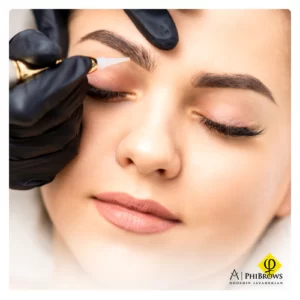Infections:
Skin infections are a common risk with any type of cosmetic procedure involving direct skin contact. microblading Toronto is exposed to similar dermal complications as tattooing as they are both performed on the superficial layer of skin. if the procedure is not done with sterile equipment, an opportunity for microbes is present to enter the body and infect the individual. Diseases such as hepatitis C, HIV, and skin infections are related to tattooing and microblading. The risks of contracting these diseases are minimal, if aseptic techniques are followed (such as single-use disposable needles and hygiene controls). Especially the use of single-use disposable needles has a significant effect on lowering the risk of disease transmission.
Steps of preventing infections:
- Using single-use disposable needles (the most effective way)
- Cleaning and sterilizing equipment
- Perform the procedure in hygienic centers
Wound:
In microblading in Toronto , a majority of clients are told to keep their eyebrows away from water and not touch them for up to 10 days, not wear makeup for a week, and apply the ointment or balm provided by the technician as their aftercare. the best method of minor wound care is to cleanse the area with potable water or saline solution, and apply hydroactive colloid gel in order to keep it moist. the most important step to microblading aftercare would be applying the ointment to keep it hydrated.
Source: Wong E, Heacock-Rivers HJ. Biological Hazards Associated with Microblading and Evaluation of its Infection Control Procedures and Wound Care. Bcit Environmental Health Journal 2018.





